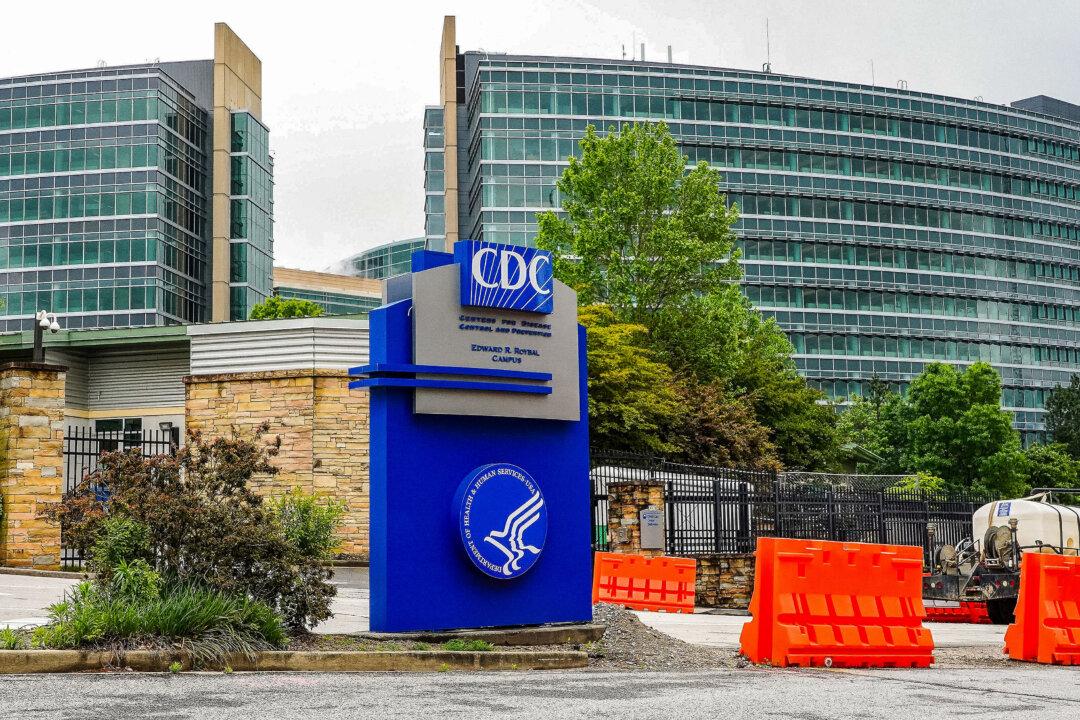A dog owner in England issued a warning to others after his dog died when it apparently consumed blue-green algae in a river.
David O’Connor, chairman of the Glen Wyvis Distillery, said his cocker spaniel, Bell, consumed algae at the River Conon, reported the Press and Journal.





